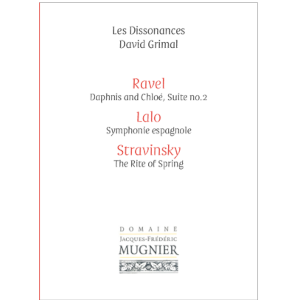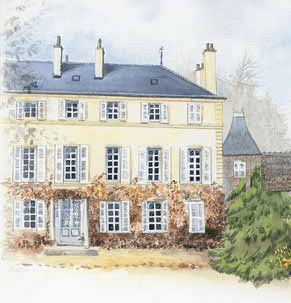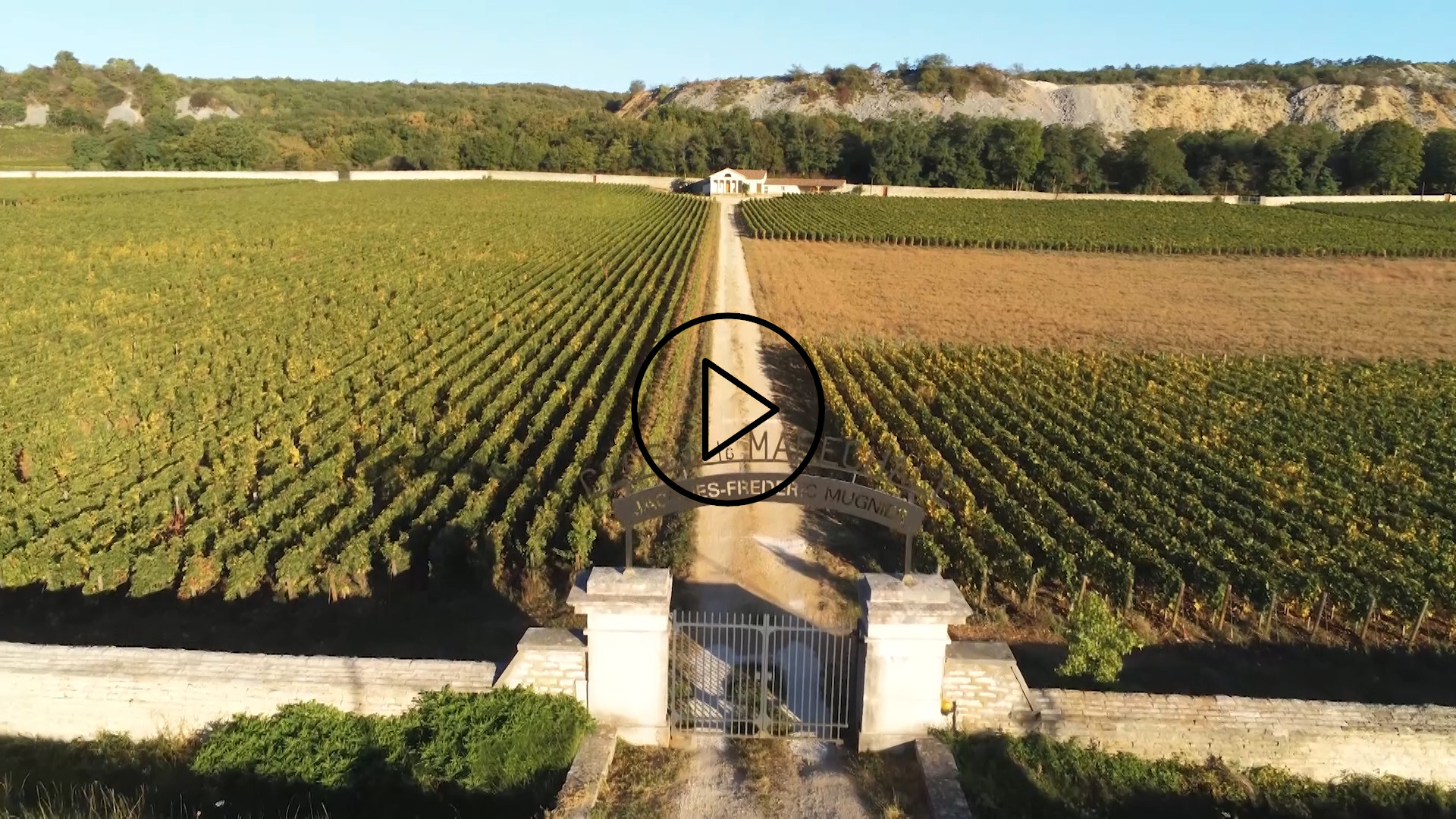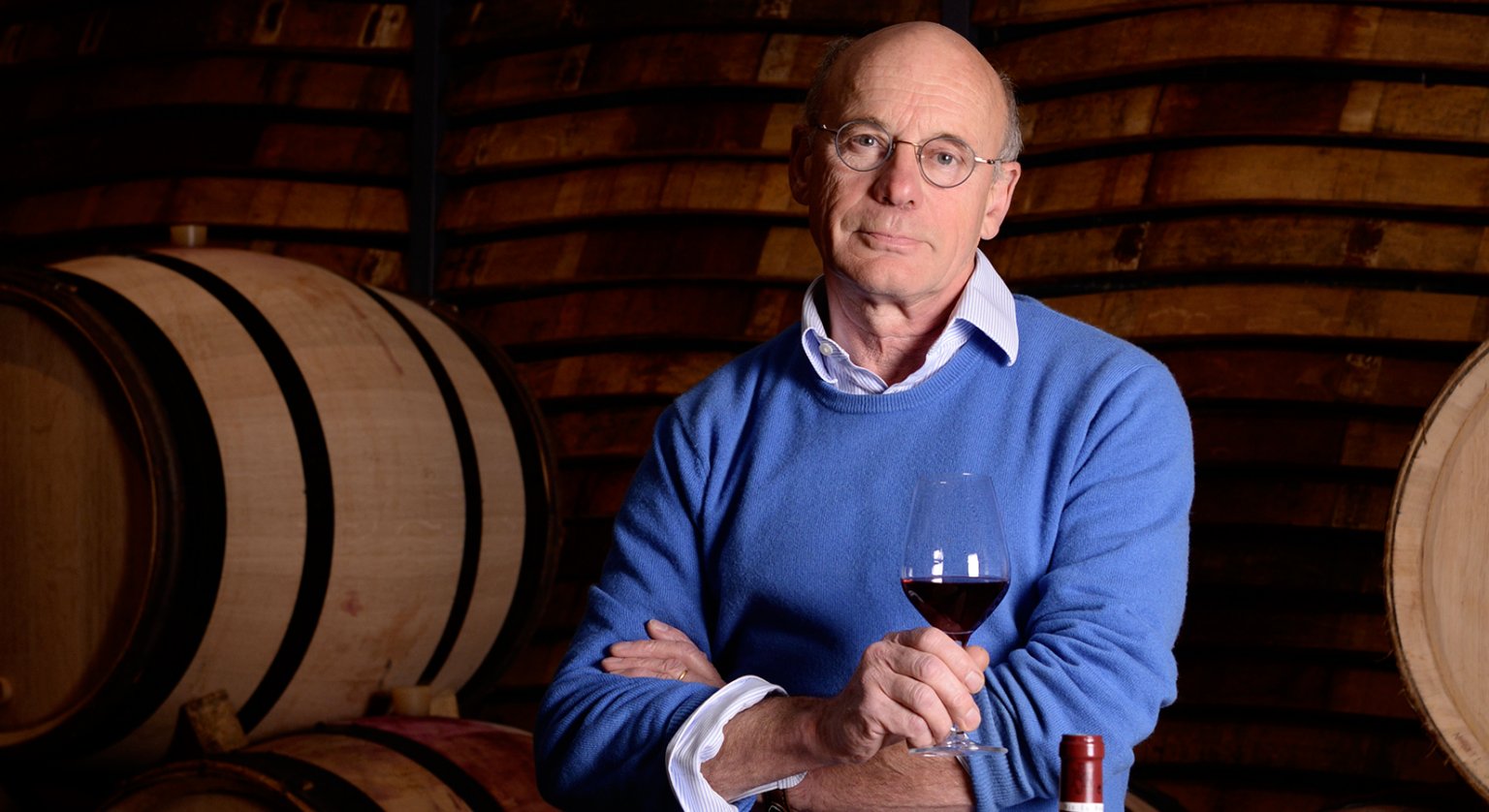
only the vine makes the true savour of the earth understandable to us.
What loyalty in the rendition !
The vine knows the secrets of the soil and communicates them through the grapes.
Through the vine,flint lets us know that it is a living thing,fusible and nourishing.
The barren chalk cries golden tears of wine… “
TEAM SPIRIT
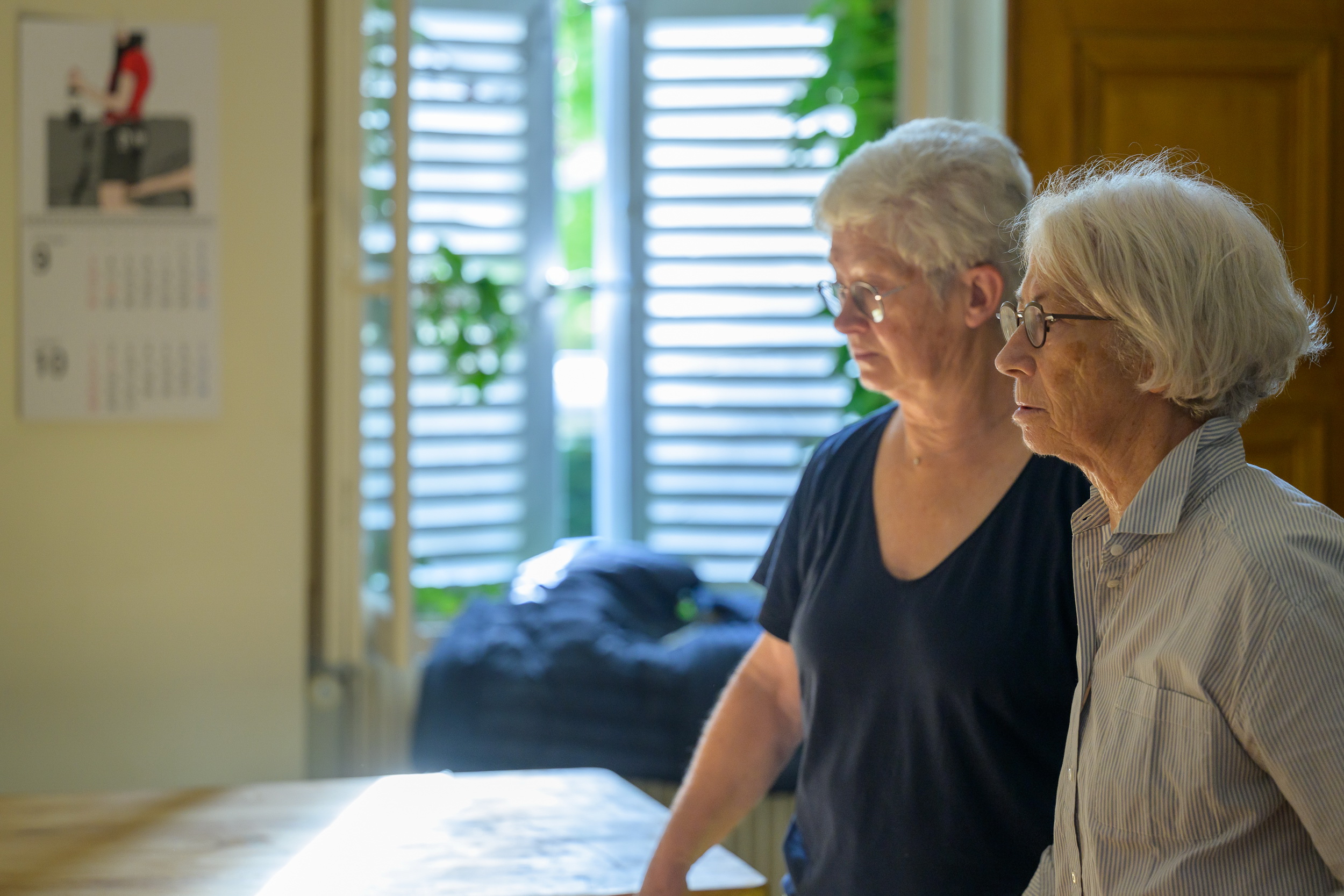
Jocelyne
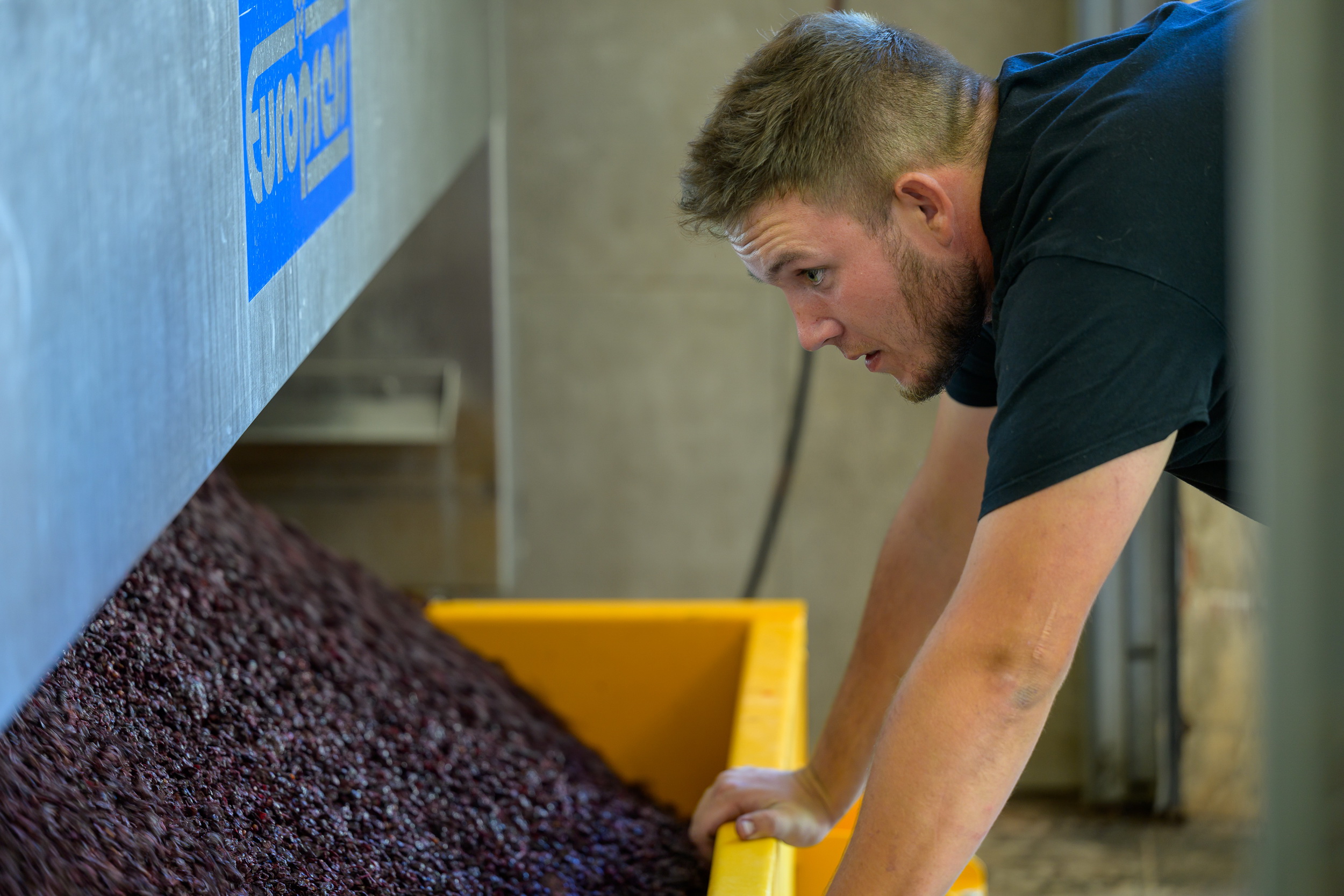
Maxime
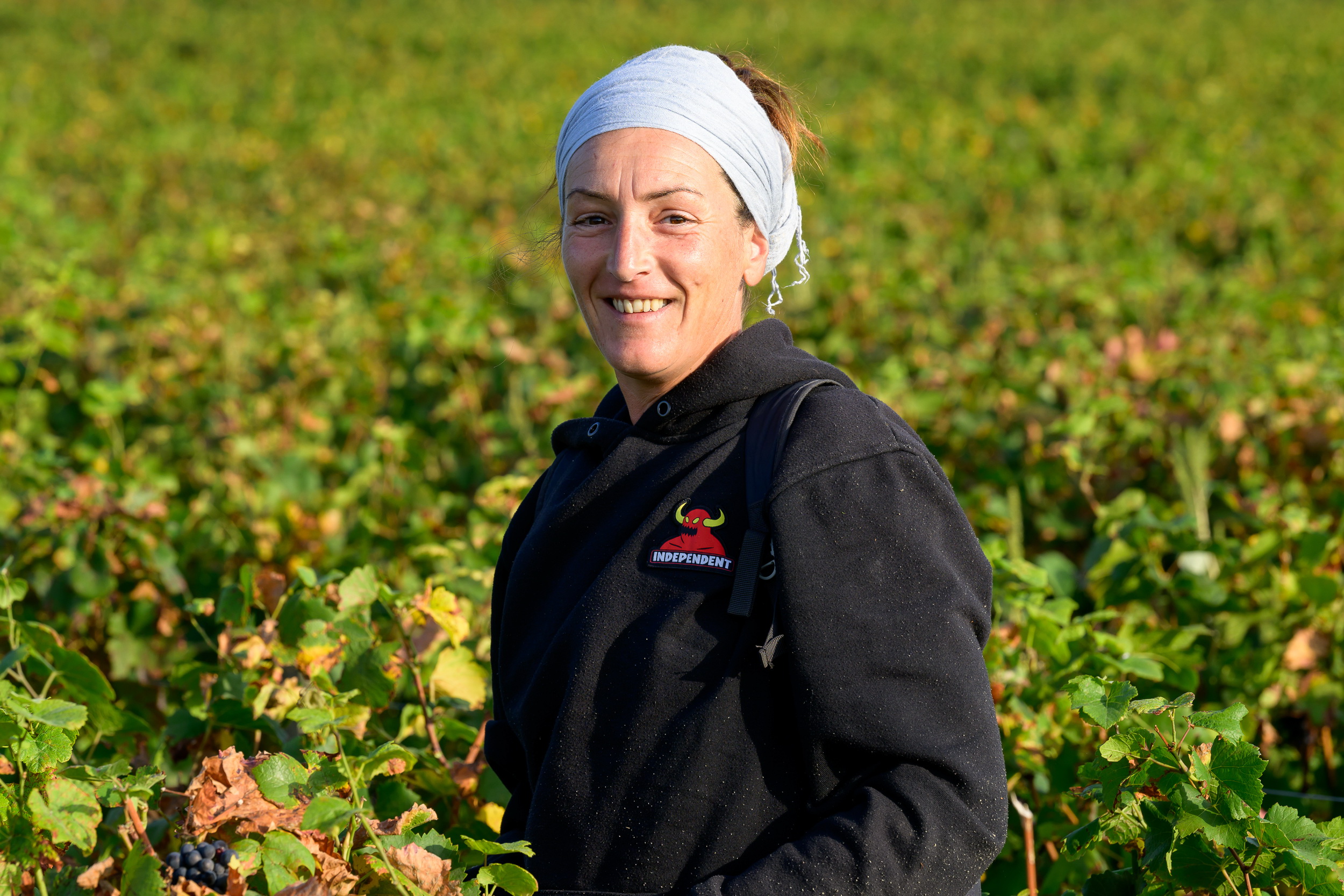
Anaïs
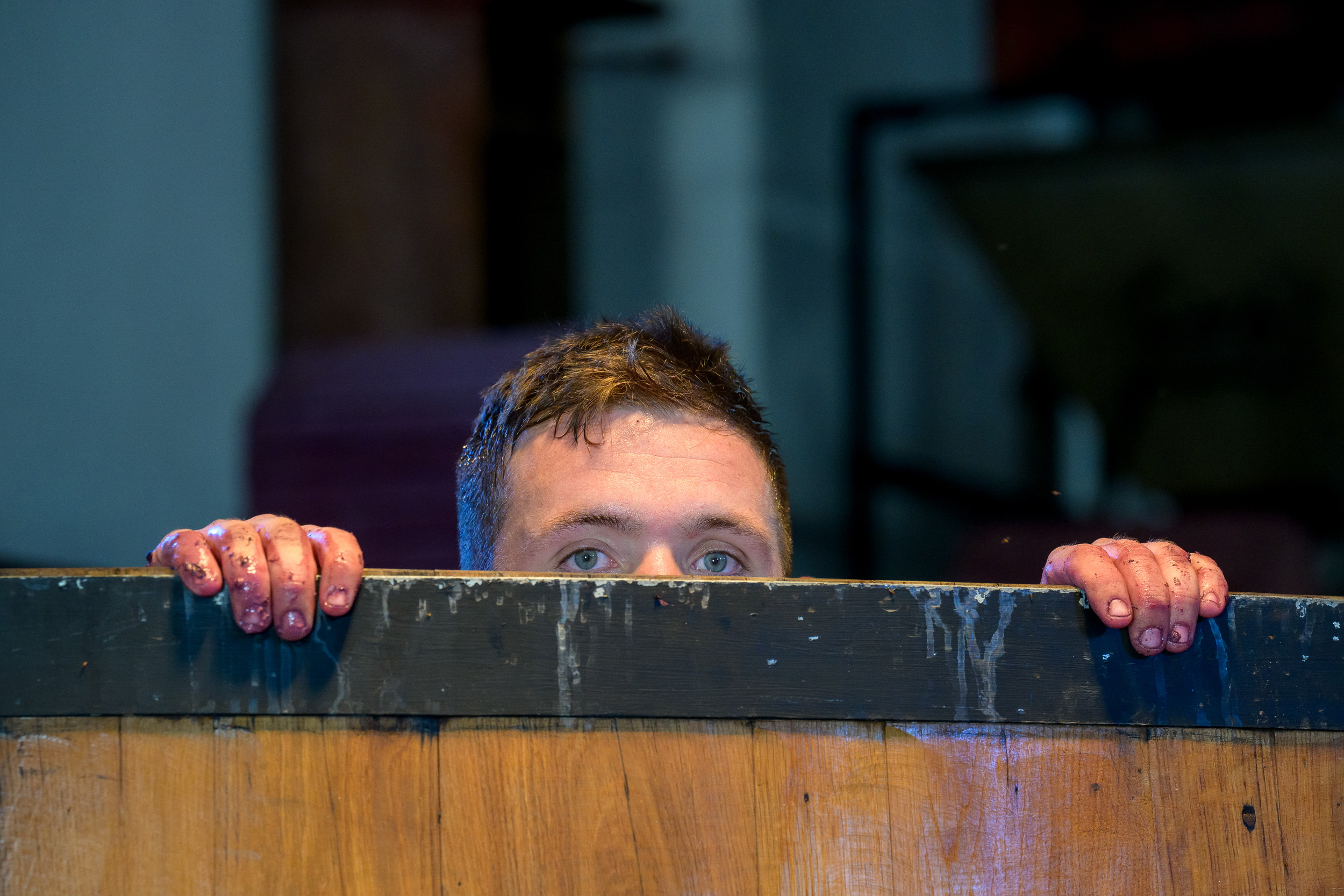
Maxime

Fabien
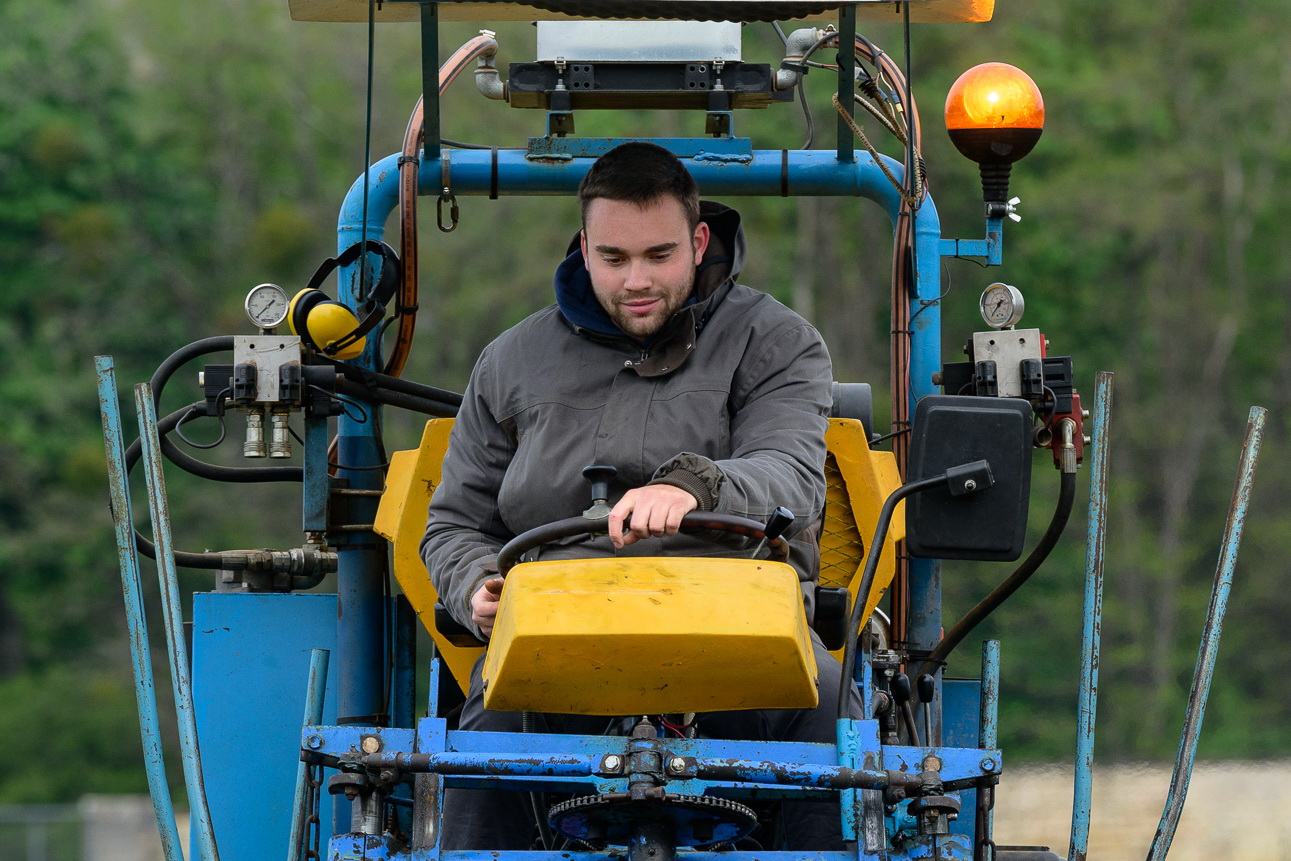
Théo
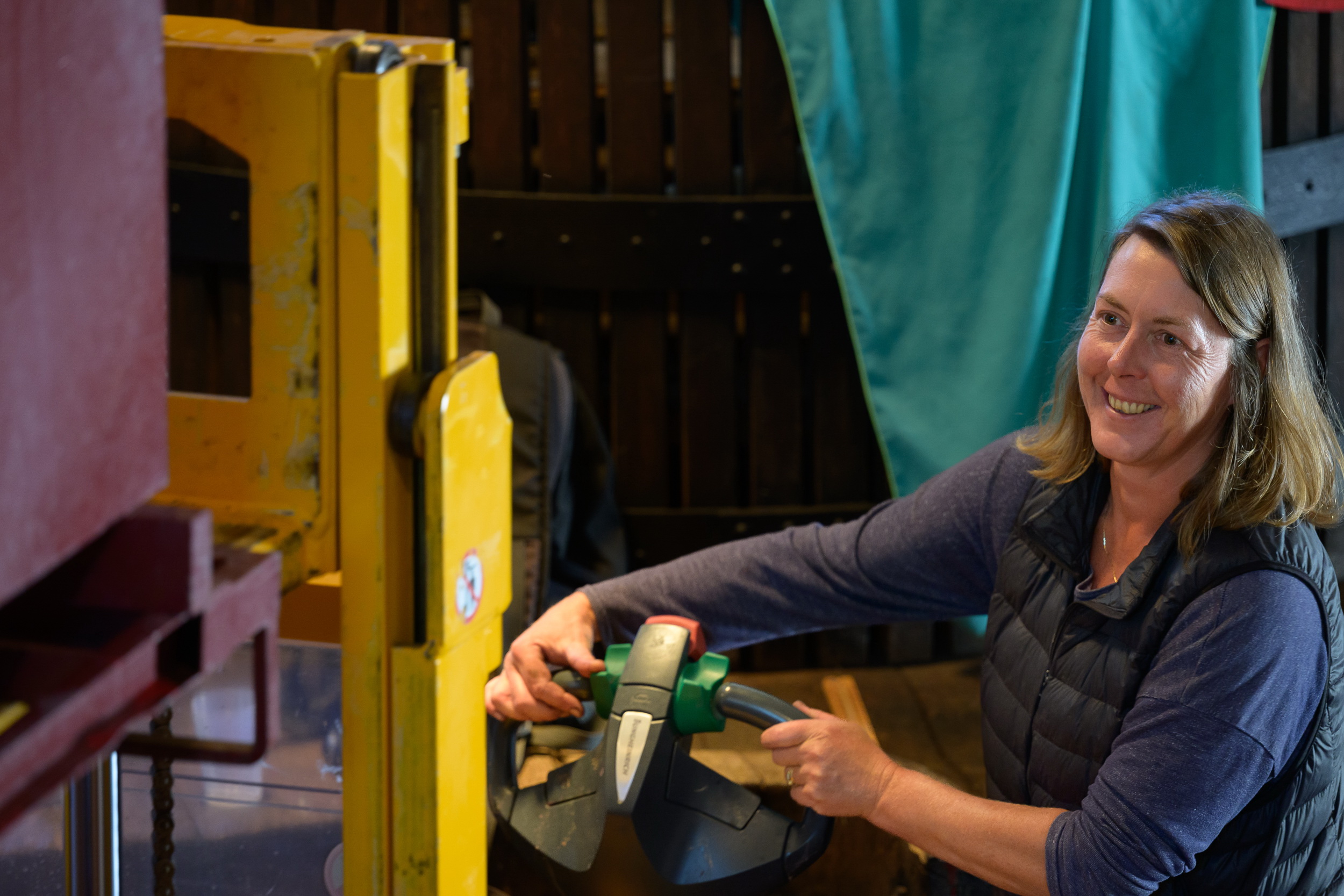
Adeline
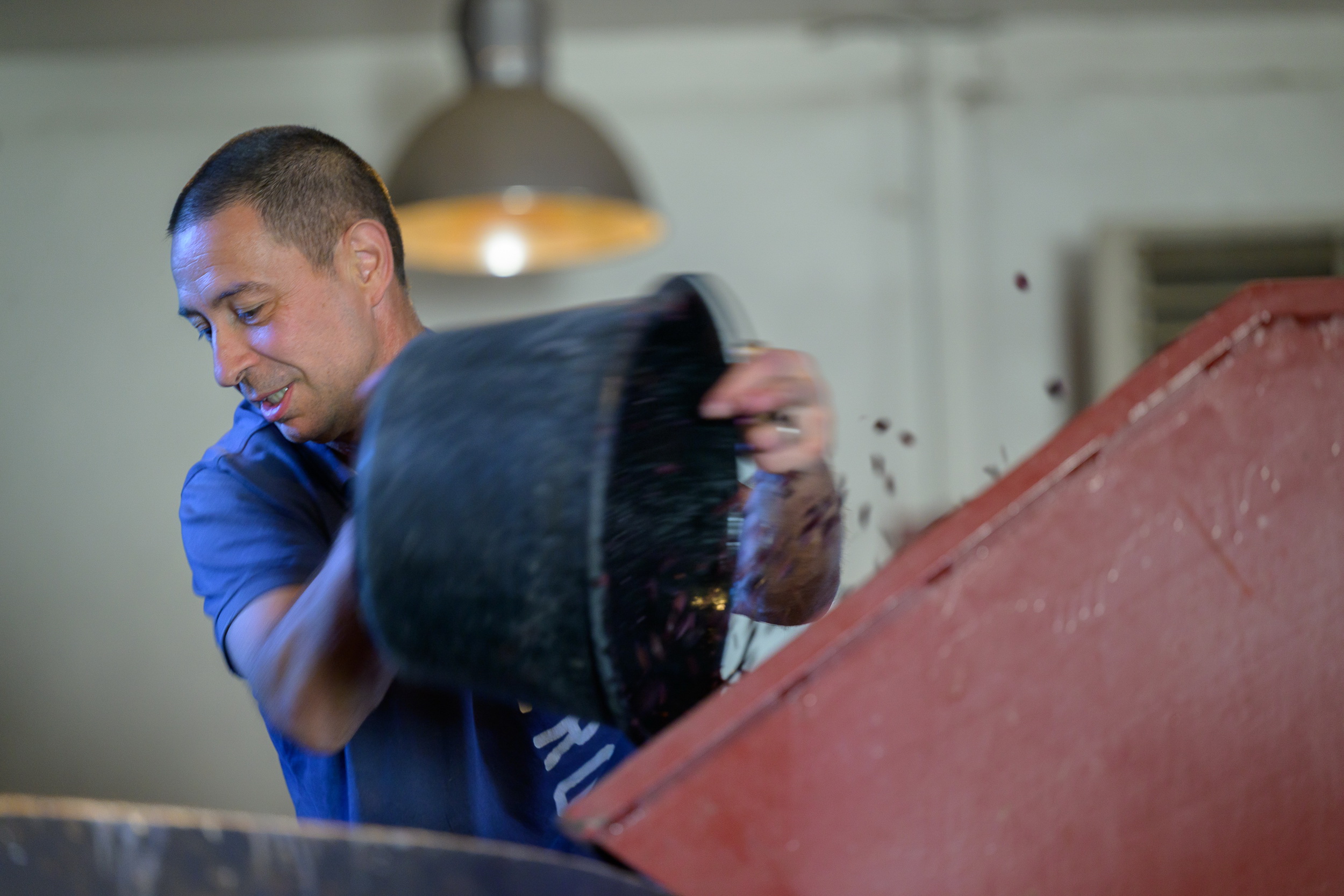
François
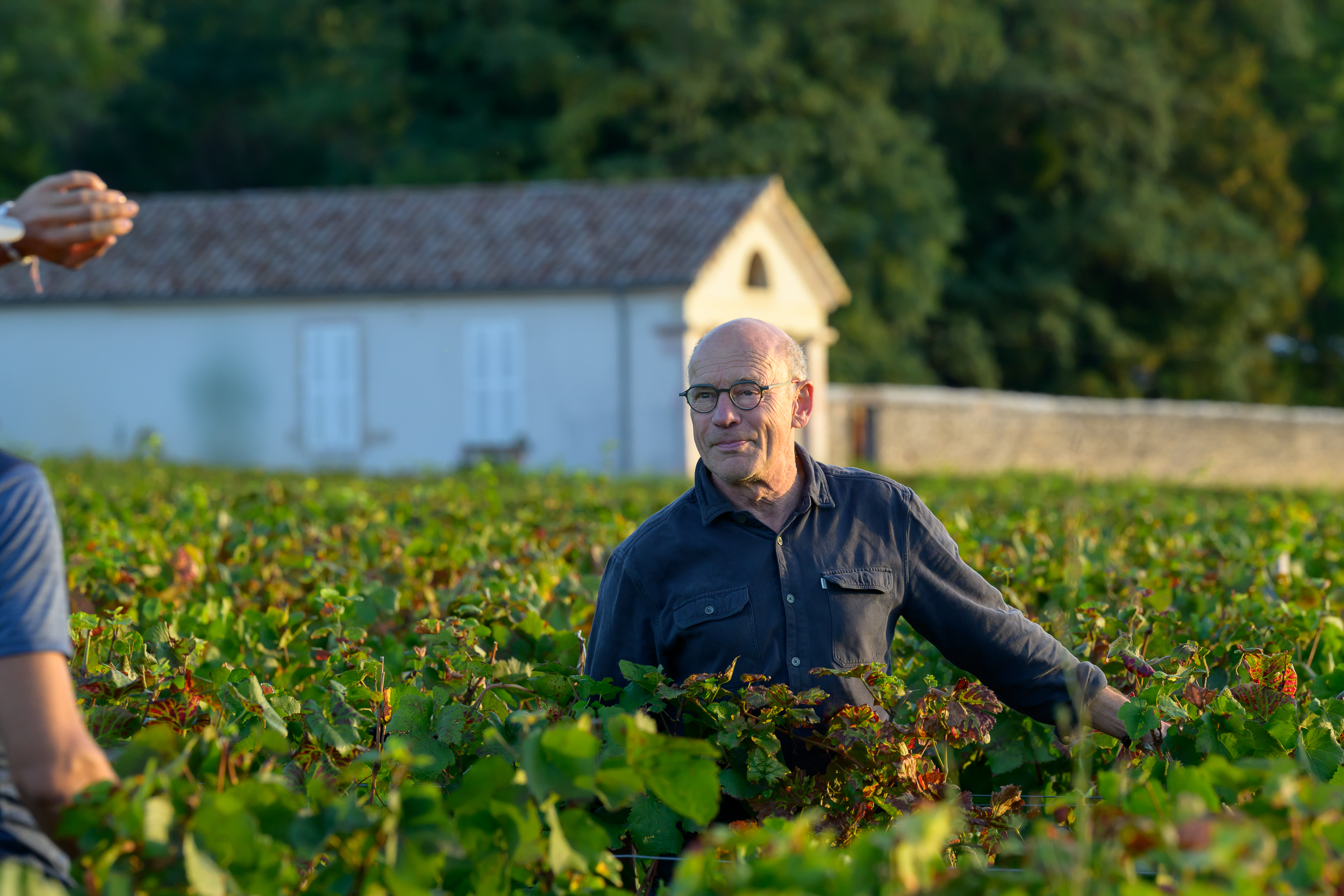
Frédéric
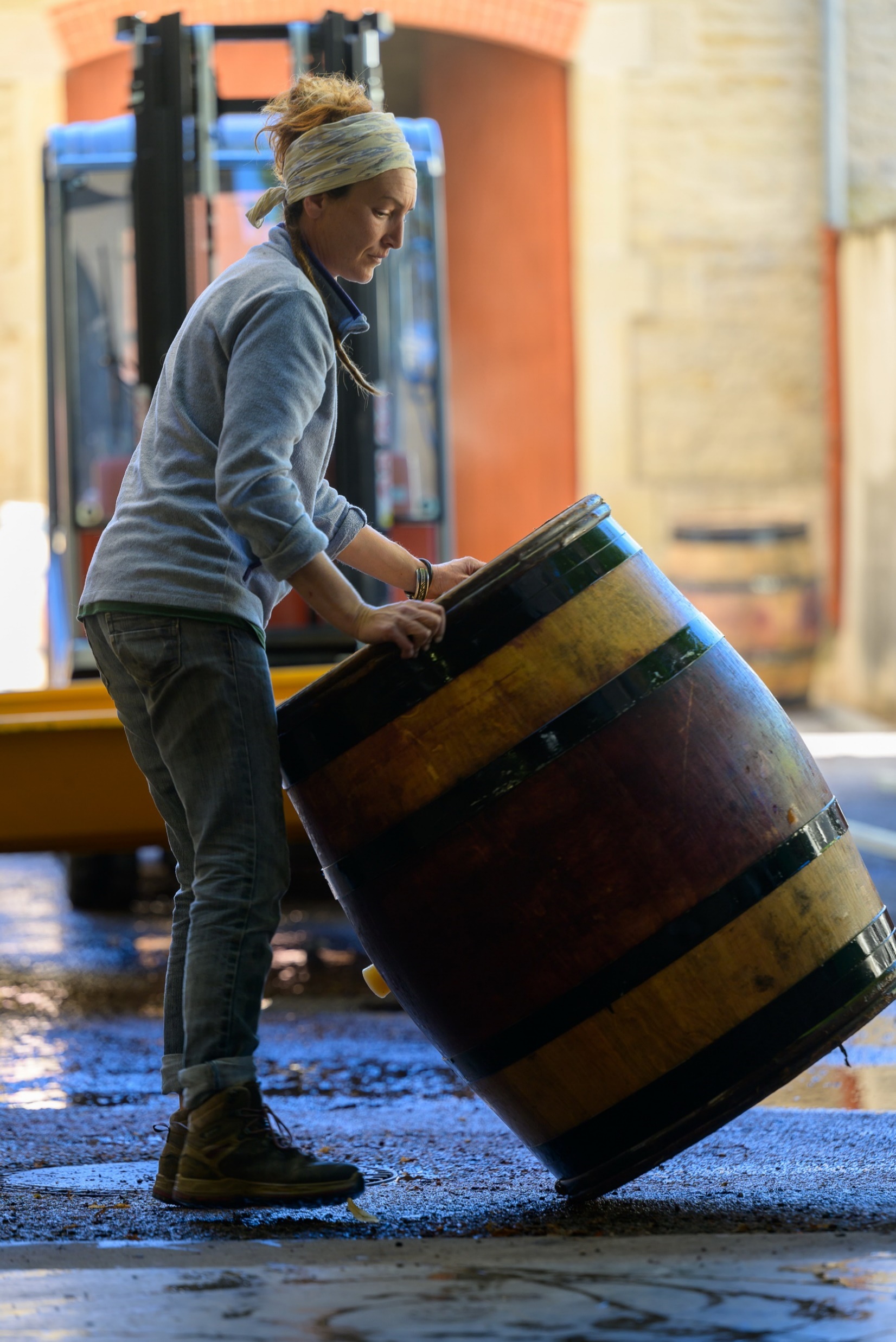
Anaïs
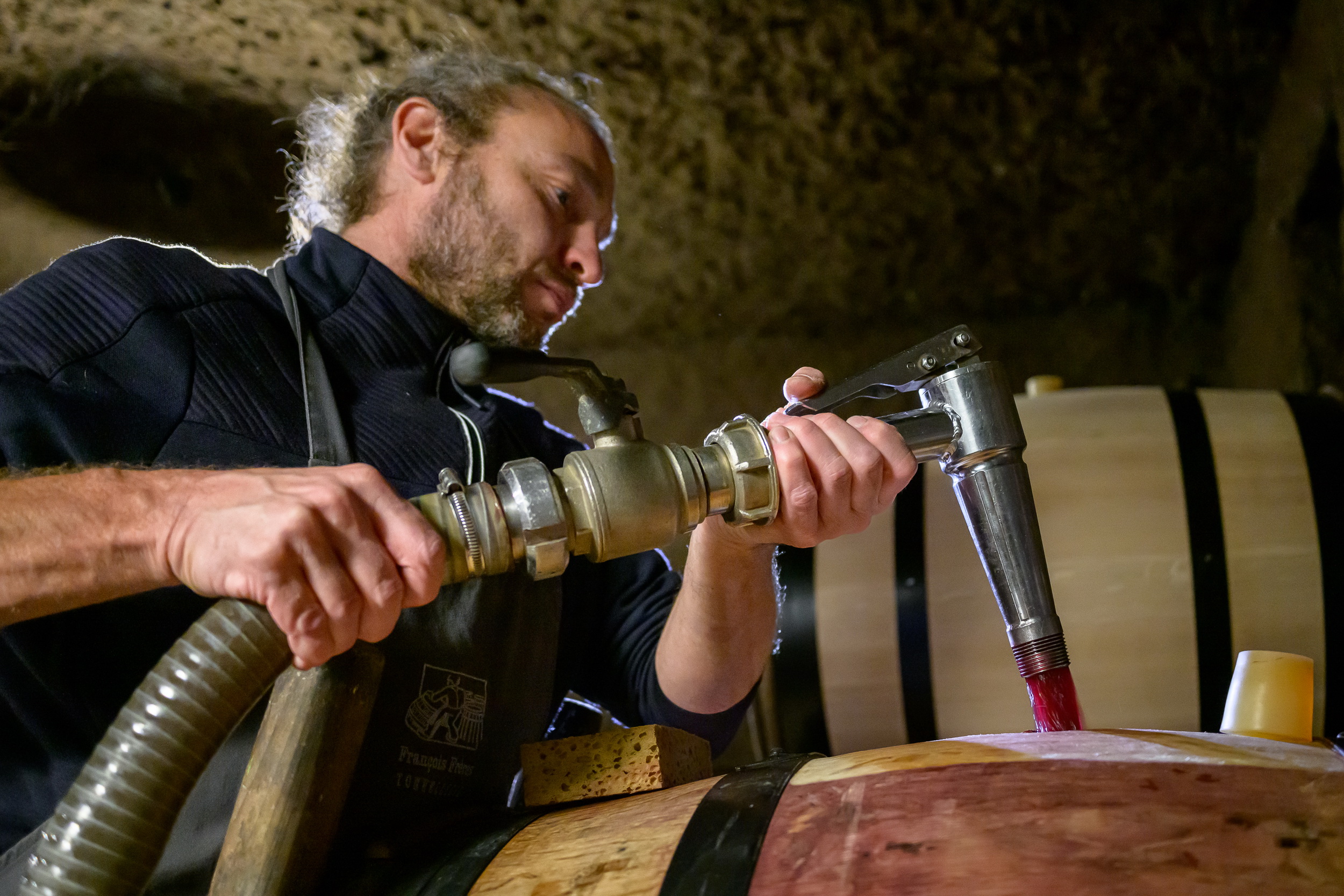
Guillaume
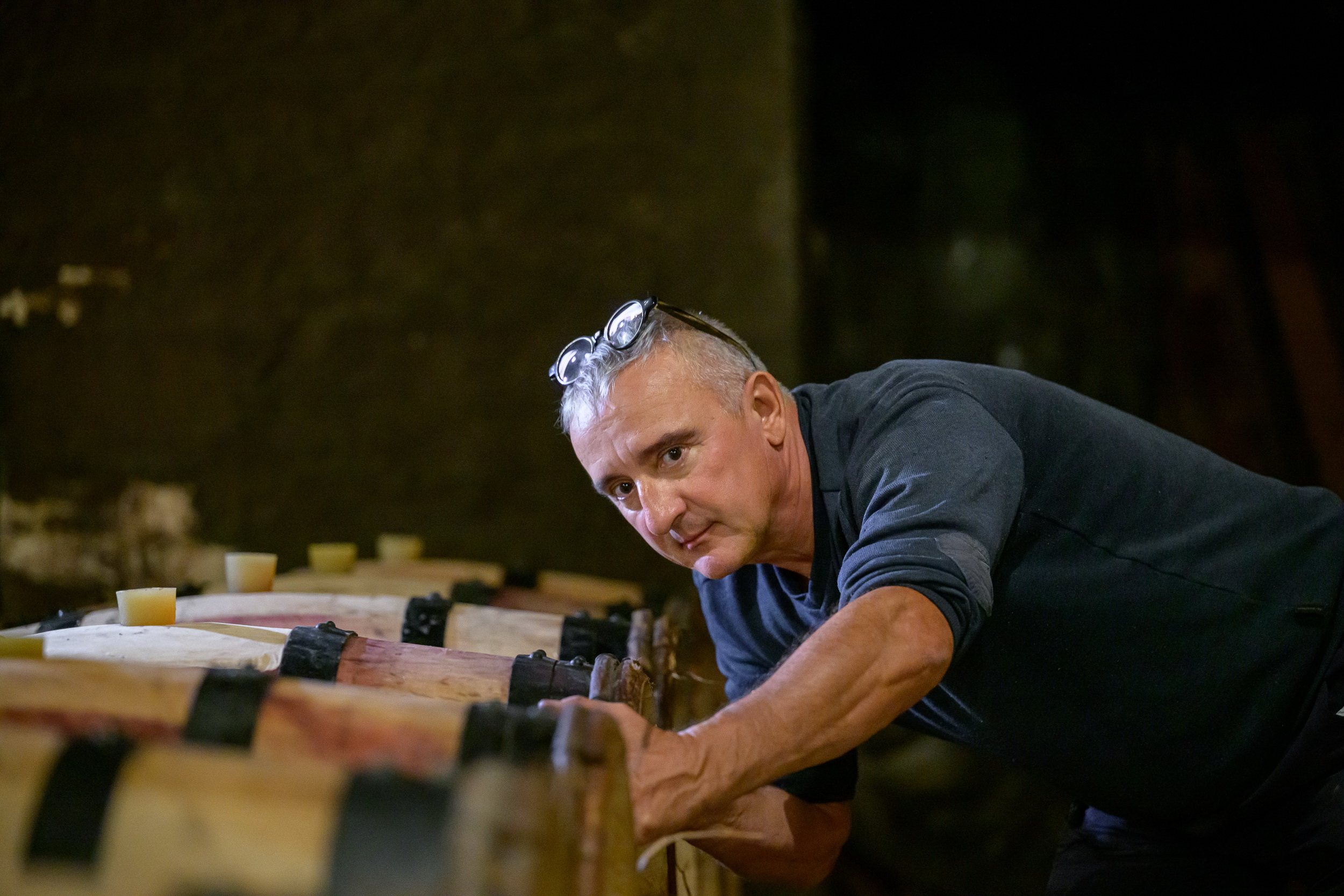
Patrick
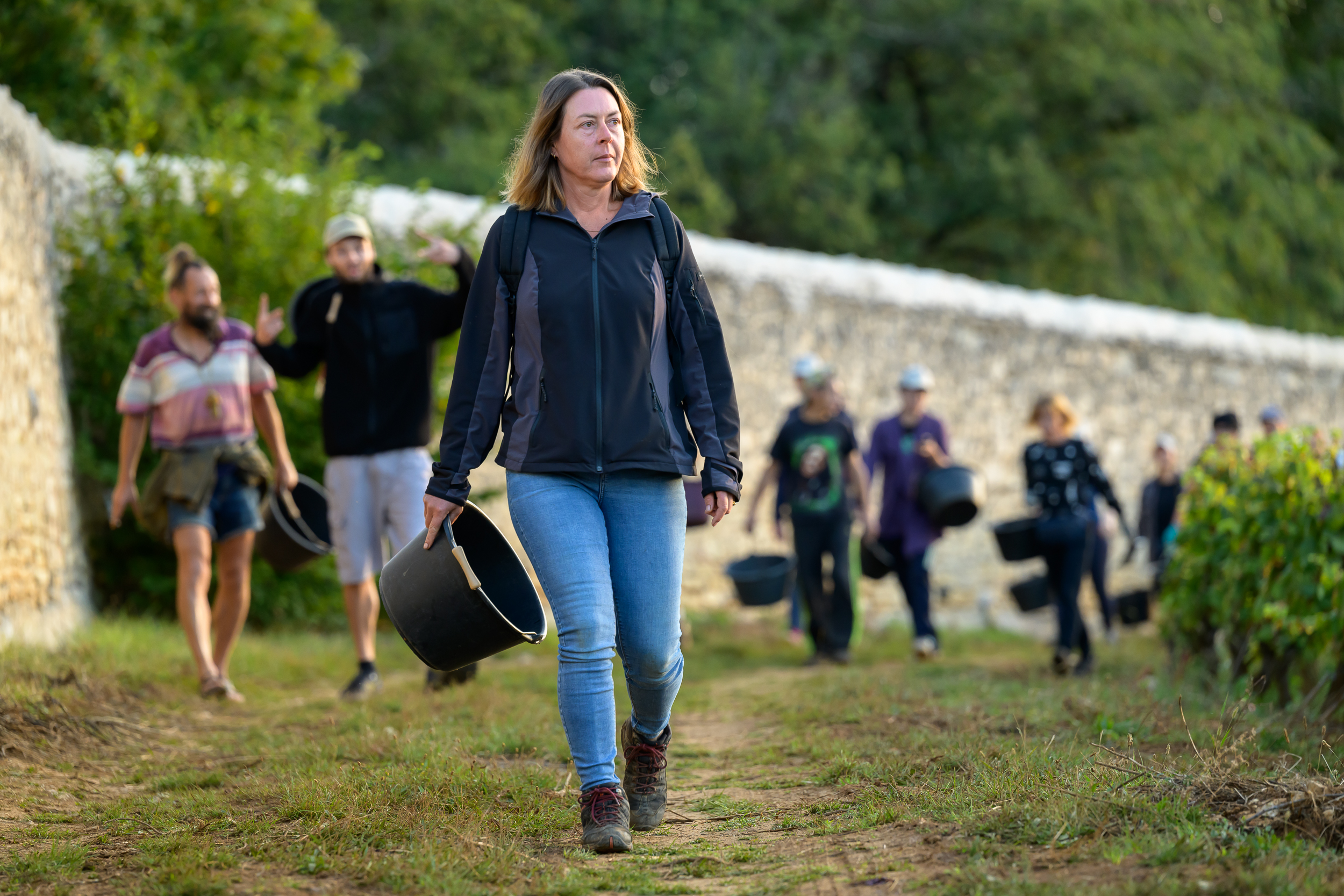
Adeline
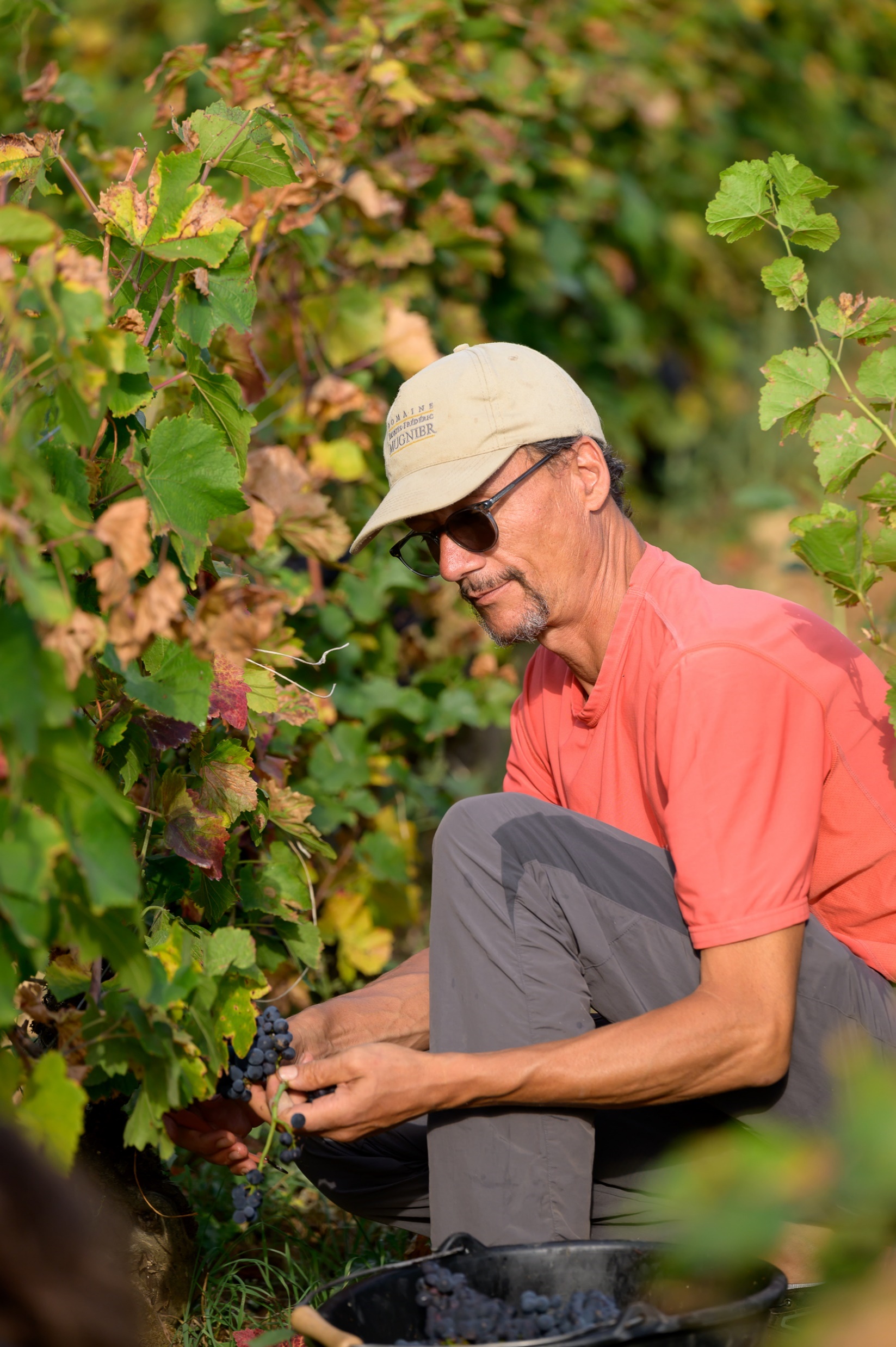
Alexandre
STANDPOINTS
A look at the end of pesticides
I discovered and learned viticulture in 1985. Under the direction of the vineyard manager in place before I set up, my vines were cultivated using the methods of the time, those that I had been taught in detail at the Beaune viticultural college during the winter of 1985-1986 ...
A look at biodynamics
For a long time I reserved my thoughts on the subject for private conversations. I didn't want, and still don't want, to appear to be crusading against an approach that seems to work so well for so many excellent colleagues and often friends.
Rite of Spring
Article published in the booklet of a music box set published by the estate devoted to Stravinsky, Ravel and Lalo
BITS AND PIECES
Domain's origins
Founded in 1863 by Frédéric MUGNIER, a liqueur-maker in Dijon, at the beginning of the 20th century the estate comprised almost twenty hectares spread over Chambolle-Musigny and Nuits-saint-Georges. It was run jointly with the liqueur factory by Frédéric’s sons and grandsons until 1949. Before the creation of appellations d’origine in 1878, the estate’s wines were […]
Considerations On The World After...
We have all been stunned by the events of this year, and they raise many questions on the organization of society. Will the world be different after COVID ? To a small extent, probably. Will it be better or worse ? I do not know. In France, as in many other countries, we have all […]
30 July 2020
THE WINES
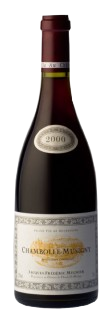
"CHAMBOLLE MUSIGNY"
"Our Chambolle-Musigny is assembled from two named plots of vines: Key words to describe our Chambolle Musigny include subtlety, delicacy, but equally charm, joy, brilliance."
SEE THIS WINE
"CHAMBOLLE MUSIGNY LES FUÉES"
"The vineyard known as « Les Fuées » is a parcel covering 71 ares (1.75 acres) forming the southern border of the Bonnes Mares appellation, which is to be found on the upper slopes as one leaves the northern part of the village of Chambolle."
SEE THIS WINE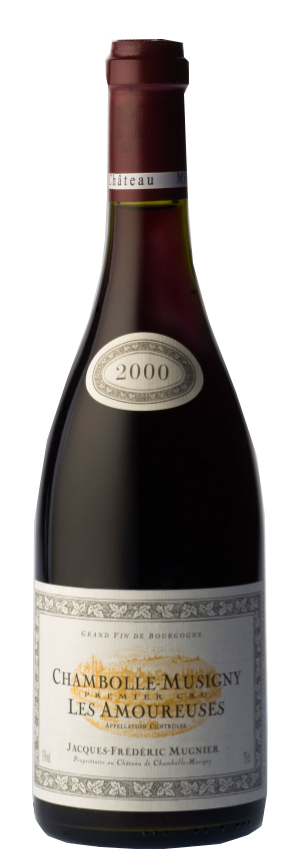
"CHAMBOLLE MUSIGNY LES AMOUREUSES"
"Our “parcel” of Amoureuses covers 52.85 ares (approx. 1.3 acres) and the oldest vines of the vineyard are over 60 years old."
SEE THIS WINE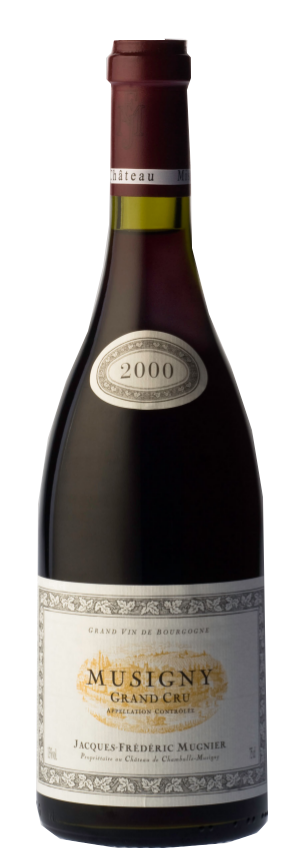
"MUSIGNY GRAND CRU"
"Le Musigny is considered by serious wine writers to be one of the greatest red wines of Burgundy, alongside le Chambertin, le Chambertin-Clos-de-Bèze, la Tâche and la Romanée-Conti."
SEE THIS WINE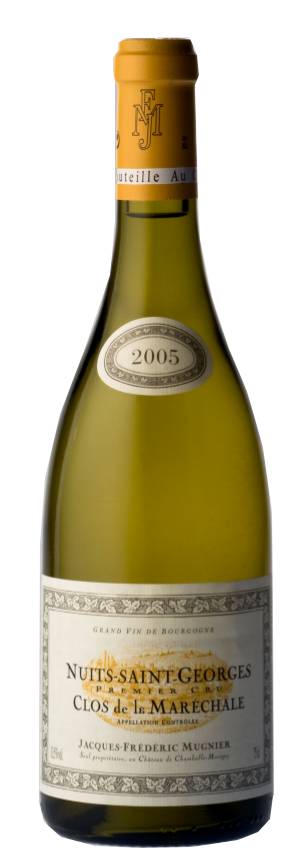
"NUITS-SAINT-GEORGES 1ER CRU (WHITE) CLOS DE LA MARÉCHALE"
"The tradition of Clos de la Maréchale‘s white wine was lost during the last 50 years, but several exceptional old bottles found buried in the cellar convinced us to revive this rare wine."
SEE THIS WINE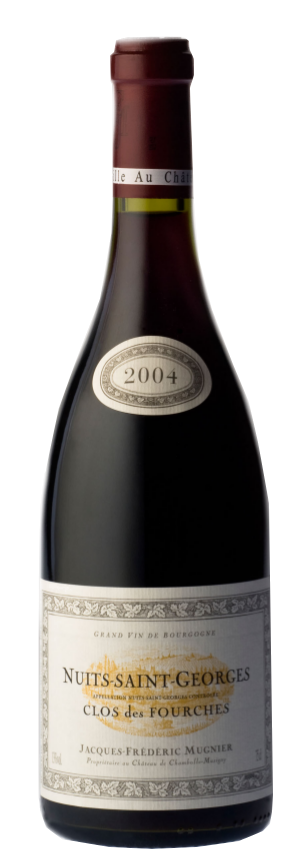
"NUITS-SAINT-GEORGES CLOS DES FOURCHES"
"Do not try to find the Clos des Fourches on your maps of Burgundy because it is not there. This name disappeared from the maps at the end of the 19th century when the Clos became known as ‘Clos de la Maréchale’."
SEE THIS WINE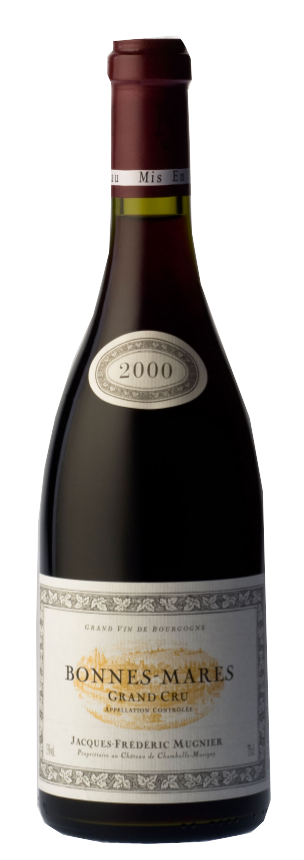
"BONNES-MARES GRAND CRU"
"Our parcel of Bonnes Mares is a narrow strip of vineyard lying along the top of the slope and covering 0.36 Ha (0.89 acres). Half the vines were planted in 1988, the other half date from 1961 and 1980."
SEE THIS WINE
"NUITS-SAINT-GEORGES 1ER CRU CLOS DE LA MARÉCHALE"
"On the first of November 2003, Domaine J-F Mugnier increased from 4 to 14 hectares. The Clos de la Maréchale, under the sole ownership of the Mugnier family since 1902, reverted to the Domaine when the farming contract ended after 53 years."
SEE THIS WINEVINTAGES
YEAR 2001
Après la spontanéité exubérante des 2000, 2001 revient à un style plus classique, plus retenu, mais sans doute plus bourguignon. 2001 se distingue du millésime précédent par une meilleure acidité, garante de la fraîcheur du fruit comme de la longévité, il s’enrobe de tanins mûrs et ronds, et brille par une finale soutenue et dynamique. Un millésime de grande garde, avec un fort potentiel de développement, mais déjà expressif et sans austérité. (mai 2003). Au début de ce mois de septembre 2001 le ciel est resté couvert, et beaucoup de vignerons commençaient à montrer des signes d’inquiétude. Nous étions pourtant confiants, après avoir passé dans les vignes une bonne partie du mois d’août sous un soleil brûlant pour retirer les grappes en excédent (ce que nous appelons les vendanges vertes). Les conditions en août étaient excellentes et la fraîcheur sèche du mois de septembre, si elle a limité la richesse en sucre, a permis de conserver une finesse et une richesse aromatique beaucoup plus précieuses. Premières impressions En fin de fermentation les vins présentaient une couleur profonde, beaucoup d’énergie, aucune lourdeur, une expression aromatique profonde et complexe. « Aristocratique » est le qualificatif qui m’est venu à l’esprit pour résumer ma première impression sur ce millésime.
YEAR 2002
First impressions Just a few words while fermentations are proceeding : The weather has been dry, cool and sunny this year. The vineyards have been remarkably spared by usual diseases. Conditions for harvest have been perfect : dry and cool. We started on Sept. 21st, and finished on the 26th. Grapes were very healthy with a thick, dark skin. Sugar level was among the highest of the past ten years. Acidity is rather high but, being constituted mostly of malic acid, it should drop significantly during secondary fermentations. As a whole it looks as a very promising vintage for long term keeping. (Oct. 2nd, 2002)
YEAR 2003
Harvest Started Monday sept 1st, ended sept 4th. Ideal weather : sunny and cool. Small yield : 2002’s was double. Ban de vendanges (official opening) was Aug 19th, earlier than ever. Previous records were Aug. 25th, 1822 and Aug. 28th, 1719 (from Dr Lavalle’s reference book). The grapes who were directly exposed to the sun suffered seriously from the extreme heat and drought. Many have dried and the ripening of the skins (and therefore of the tannins) was disturbed. It was important to eliminate every dry berry by a careful “triage”, and to base the decision on the date of harvest more on the taste of the grapes (including skins) than on chemical analysis of the juice. (Sept 6th, 03)
YEAR 2004
A long project We are now reaching the completion of a long project. Clos de la Maréchale 2004, the first vintage we have produced since this vineyard is back in our hands, will be bottled in the very next days. We could be tempted now to look back to our work with some satisfaction, but the final verdict on our wines will be up to you. What has been already proven is that, in the very demanding weather conditions of 2004, our new team has been able to control the unusually high vigour of the vines and to keep them in good health. The good weather that took place from the second half of August until the time of harvest then allowed the grapes to reach a perfect ripeness while preserving the brightness of fruits grown under a cool climate. The resulting wines show liveliness, depth and typicity. (May 2006)
YEAR 2005
The perfect intage It is a fact that the 2005s show a great depth, a velvety texture, but also a special delicacy and freshness of flavours, that give the wines brightness and elegance. Such qualities, rarely found in the same wine, are brought together in perfect harmony. Everything is there to make theses wines both extremely seductive when young and very promising for the future. Then, could one say 2005 is the perfect vintage ? Maybe, in a way. But it seems to me that wine is more a matter of emotion than technique, and I do not necessarily associate emotion with perfection. So, if we perversely try to find anything wrong, could we say that the only thing that might be missing in those wines would be some kind of charming flaw, some subtle touch of roughness ? Anyway I have no doubt that these wines, when grown up, will surprise us. (April 2007)
YEAR 2006
After bottling In the same way as 2005 undoubtedly deserves its reputation as an outstanding vintage, I would define 2006 as a reference vintage, for its typicity and classicism. The weather has definitely been less than perfect that summer, but at the end of the day, as far as the quality of the wines is concerned, we have no reason to complain. The wines have no weakness of any kind, they are distinguished, very pure, very close to the exceptional depth of texture of the 2005s, not quite as smooth or polished, but more vigorous, brighter, more vibrant. (May 2008)
YEAR 2007
After two vintages made for a very long aging, now comes 2007, soft and supple, but intense and accomplished with a rich and precise fruit. These generous and joyful wines are made for drinking more than collecting, and they should evolve slowly and regularly, without these frustrating ups and downs that affect many of the more tannic vintages. (May 2009)
YEAR 2008
Bright, vibrant, ethereal… We remember 2008 as a specially cold and rainy summer, such as those who, twenty-five years ago, would have led us to pick hardly ripe grapes around October 10th. And yet, the 2008 vintage began on September 27th, and the grapes were sweet. What did change ? Cold years are not as cold as they used to be, specially winters and nights, but above all, our work in the vineyard has changed : with restored soils, a more careful pruning and trellising brings riper fruits earlier. Of course, knowing this did not prevent our anxiety. Another rainy day could have changed the outcome. But I know by experience that it is in such delicate weather situation that pinot noir can produce the most unique wines : bright, vibrant, ethereal, floral, witty… Magical. Such is 2008.
YEAR 2009
Rich and sunny In spite of a rainy month of July, the end of summer has been remarkably sunny and warm. Such vintages are often described as “easy” for the growers, but things are not as simple as they look. Of course, the work in the vineyard is not as difficult and frustrating when they is no threat from usual vine diseases, but such situations, when grapes ripen so quickly (too quickly) raise other questions. Firstly the difficult choice of the best harvest date, but also more fundamental issues such as the necessity to reconsider some aspects of the work we do in the vineyard to adapt to the changing behaviour of our vines. The wines are impressively powerful and hearty, but also full of energy, with no sign of overripeness. I have no doubt about their exceptional aging potential, and I only recommend a long patience to those who are more inclined towards finesse than power.
YEAR 2010
Pure, bright, vibrant, the wines from 2010 have, like 2008 or 2001, all the qualities of late September vintages, made from grapes that ripened slowly under a mild weather. But they also have a fullness of texture that one would expect to find only in warmer vintages and this combination confers an exceptional character to the vintage. The secret is called “millerandage”. This is an incomplete fertilization of grape blossoms usually caused by cold and rainy weather in June, which produces small-size, thick skin, seedless grapes, bringing when fully mature a special quality of supple and velvety tannins. The bad side of it (and the reason why vine-growers are not too enthusiastic about rain during blossom period) is the low yield, which was specially marked in our Chambolle-Musigny (“village”) vineyard.
YEAR 2011
I will borrow this year from Allen Meadows (burghound.com) the words to describe the vintage much better than I could do : “While there are several very interesting characteristics of the 2011 vintage the one that I find to be the most intriguing is just how good the phenolic maturities are yet the sugar maturities are remarkably low (…). This makes for seductively suave textures that avoid any sense of heaviness as there is good freshness and sufficient acid verve to maintain the finishing balance. This seductive character is further enhanced by the fact that not only are the supporting tannins ripe but they are exceptionally fine-grained.” The anticipated pleasure will only be somewhat mitigated by the small size of the harvest, mainly due to the poor weather during the flowering period.
YEAR 2012
This vintage combines qualities usually conflicting : purity, tension, precision, freshness from fruits of cold and late years and meanwhile a deep texture we normally find in early vintages. Its lonely default is, once again, a limited yield.
YEAR 2013
2013 is a vintage with a strong personality. It is a rare combination of a round texture with a vigorous freshness. It certainly has a very good aging potential. The quantity is tiny but in such a cool vintage, low yield was an essential factor for quality.
YEAR 2014
The 2014s are delightful, bright and joyful wines.
YEAR 2015
The yield was short. There is with no doubt a truly great vintage but, as such, it will really bloom only after a long aging. That is one of those slow miracles.
YEAR 2016
The wines from 2016 combine two qualities that are normally not found together: a high maturity, promising depth and longevity, and a remarkable freshness. It will be difficult to decide between enjoying them relatively early or to letting them grow for many decades… There is one great novelty this year. The cuvée ‘Chambolle-Musigny’ 2016 is really special, not only that it is rare, produced in very small quantities, but mainly that it is composed of an unusual blend from several plots including principally the Premier Cru ‘Les Plantes’ and areas of Grand Cru who have specially suffered from frost. This cuvée of an unprecedented power will be called Chambolle-Musigny ‘Trente-Deux’, in reference to my thirty-second vintage.
YEAR 2017
My most remarkable memory of the year 2017 is the perfect visual quality of the grapes at the time of the harvest. Pinot noir is a very fragile grape variety. It is quite rare that all bunches at vintage time have the same perfect aspect as the table grapes displayed on the greengrocers stalls. I have nevertheless consistently resisted the practice of sorting the grapes on a table in the winery. I do not want to mimic in my small craft an industrial assembly line, and I prefer to teach each of the pickers what they have to leave out such as verjuices, botrytised and sunburnt berries, or, to be more easily understood, anything they would not eat… The weather in 2017 had been mild, dry and sunny enough, but not excessively so, the vines grew under the well-balanced climate that suits it best, and for the first time in my experience I had no need to teach the pickers what they had to do as there was nothing that needed to be sorted out. And unsurprisingly, the wines from this vintage, away from any extremeness, express a joyful harmony and a fresh elegance.
YEAR 2018
An other year we will remember for those extreme climatic hazards with violent hail on Clos de la Maréchale. 2018 is surely a great vintage, but will require long aging to fully express the complexity of our terroirs.
YEAR 2019
In most of Europe, 2019 is remembered as the year when all historical temperature records were broken during two heatwaves at the end of June and July. The thermometer approached or exceeded 40°C over most of France, with an absolute record of 46°C in Languedoc. Yet the full statistics show that this summer of 2019, although hotter and drier than normal, as enjoyed a slightly more moderate climate on average than the surrounding years 2018 and 2020. The average temperature was slightly lower, and some occasional light showers falling when needed most throughout the season allowed the vines to withstand the heatwaves with little damage and the grapes to mature without suffering from the extreme drought they experienced in some other years. This (relative) moderation of the climate is expressed in the character of the wines, which are deep, fully ripe and yet fresh, fluid and flowery. The vintage will develop for a very long time in the bottles, but should nevertheless require less patience than the neighbouring ones.
YEAR 2020
The highlight of this year is that for the first time in history, we completed the harvest in August. I won’t go into the concerns this raises for the future, but I have to say that the vintage has a lot of qualities that I didn’t expect: the richness of the ripe fruit is balanced by an assertive energy, the texture is velvety without astringency, enhanced with spicy notes. These wines are built to last forever while slowly developing finesse and complexity over the years.
YEAR 2021
Another small harvest, this time because of the spring frost which, coincidentally also hit in 2016. Clos de la Maréchale blanc was particularly hardly hit, allowing only a quarter of a normal yield. In contrast to 2020, this vintage clearly falls into the category of cold years, synonymous with finesse and floral expression, but it also belongs to the 21st century with its velvety texture reflecting a much more meticulous work in the vineyard than in the past.
YEAR 2022
August 2022 got off to a bad start. Hardly a drop of rain had fallen since the end of June, and of the first thirteen days of the month, only one had not exceeded 30°C, the hottest reaching 38°C. The vines were suffering, shutting down their metabolism to save water, and the grapes were not ripening. By nature and education (as an engineer and aviator), I am inclined to expect unfavorable events so as to be prepared for them and only have pleasant surprises. Thus, I feared a freakish vintage, heavy, fruitless, loaded with alcohol and green tannins. The pleasant surprise came with a few rain showers, modest enough to refresh and revitalize the grapes before the harvest, on September 1st, and reverse my fears. Month after month, the élevage completed the polishing of these wines with their clearly modern profile, quite different from the years of my youth, but surprisingly seductive in their brightness, energy and fullness. Climate change frightens me deeply; it disrupts and threatens our trade, but so far it has not prevented us (yet?) from producing wines of character and pleasure every year. What is more, it stimulates our search for new methods. But that is another story.
YEAR 2023
Content not available
YEAR 2024
Content not available
